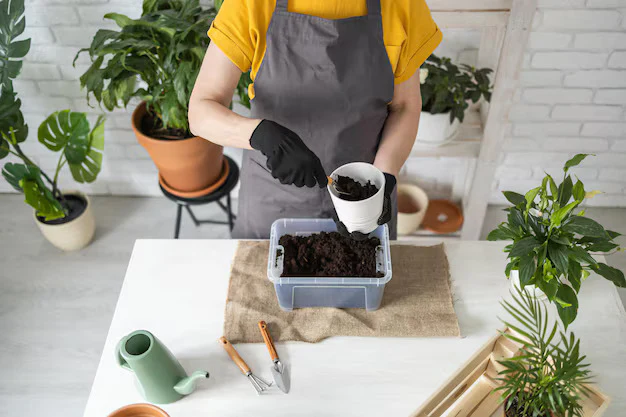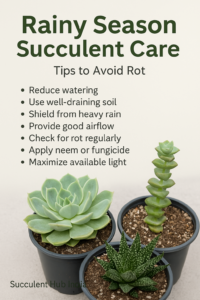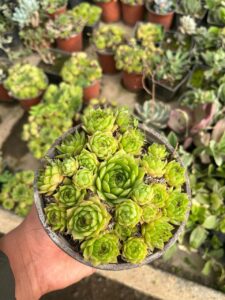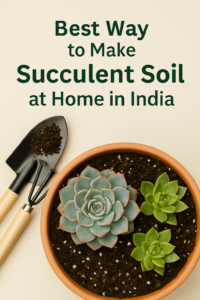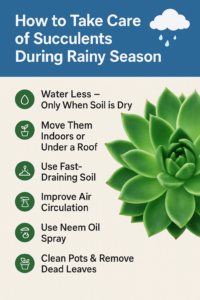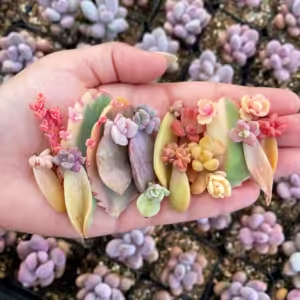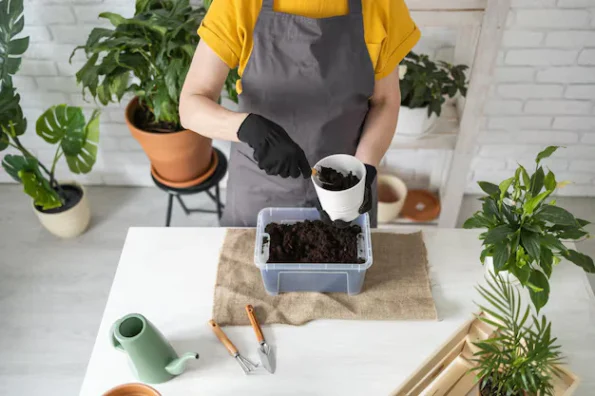
Have you ever brought home a beautiful succulent, only to watch it wither away despite your best efforts? 🌵💔 You’re not alone! Many plant enthusiasts find themselves puzzled by these seemingly low-maintenance plants. The truth is, succulents have unique needs that, when understood, can lead to thriving, eye-catching additions to your home or garden.
Imagine transforming your space with vibrant, juicy succulents that not only survive but flourish under your care. From choosing the perfect soil to mastering the art of watering, we’ll uncover the secrets to succulent success. Whether you’re a seasoned plant parent or a budding enthusiast, this guide will equip you with essential knowledge to nurture these resilient beauties.
Ready to dive into the world of succulent care? Let’s explore the eight crucial aspects that will turn your green thumb into a succulent superpower, starting with understanding the basics of these fascinating plants.
Understanding Succulent Basics
A. Identifying common succulent types
Succulents come in a wide variety of shapes, sizes, and colors. Some of the most popular types include:
- Echeveria: Rosette-shaped plants with fleshy leaves
- Aloe Vera: Known for its medicinal properties and spiky leaves
- Jade Plant (Crassula ovata): Tree-like structure with oval leaves
- Sedum: Low-growing, often used as ground cover
- Haworthia: Small, compact plants with distinctive patterns
| Succulent Type | Appearance | Care Level |
|---|---|---|
| Echeveria | Rosette-shaped | Easy |
| Aloe Vera | Spiky leaves | Medium |
| Jade Plant | Tree-like | Easy |
| Sedum | Low-growing | Easy |
| Haworthia | Compact, patterned | Easy |
B. Benefits of growing succulents
Succulents offer numerous advantages as houseplants:
- Low maintenance
- Drought-tolerant
- Air-purifying qualities
- Versatile decor options
- Stress-reducing properties
C. Recognizing unique succulent characteristics
Succulents have several distinctive features that set them apart:
- Thick, fleshy leaves or stems that store water
- Waxy or hairy exterior to reduce water loss
- Shallow root systems for quick water absorption
- Ability to survive in arid conditions
- Slow growth rate compared to other plants
Now that we’ve covered the basics of succulents, let’s explore how to choose the right soil for these unique plants.
Choosing the Right Soil
Now that we understand the basics of succulents, let’s dive into one of the most crucial aspects of their care: selecting the perfect soil. The right soil can make all the difference in the health and longevity of your succulent plants.
A. Importance of proper aeration
Proper aeration is essential for succulent health. Well-aerated soil allows roots to breathe and prevents water from pooling around them, which can lead to root rot. Here’s why it matters:
- Promotes oxygen flow to roots
- Enhances nutrient absorption
- Prevents soil compaction
B. Creating a well-draining mix
Succulents thrive in soil that drains quickly. A well-draining mix prevents water from staying around the roots for too long, mimicking their natural arid habitats. Here’s a simple recipe for a DIY succulent soil mix:
| Ingredient | Proportion |
|---|---|
| Potting soil | 2 parts |
| Coarse sand | 1 part |
| Perlite or pumice | 1 part |
C. Optimal soil composition for succulents
The ideal soil for succulents should have a balance of organic and inorganic materials. This composition ensures proper nutrition while maintaining excellent drainage. Key components include:
- Coarse sand or grit
- Perlite or pumice
- Coconut coir or peat moss (in small amounts)
- Compost or worm castings for nutrients
Remember, the goal is to create a soil environment that closely resembles the natural habitat of succulents. By providing the right soil, you’re setting the foundation for healthy growth and vibrant plants.
Next, we’ll explore the art of watering succulents, another critical aspect of their care.
Mastering Watering Techniques
Mastering watering techniques for succulents is essential for their health and growth. Succulents store water in their leaves and stems so they do not need to be watered as frequently as other plants. Overwatering can lead to root rot and other issues so it is important to water succulents sparingly. One way to determine if a succulent needs water is to feel the soil – if it is dry an inch or two down it is time to water. Additionally using well-draining soil and pots with drainage holes can help prevent overwatering and keep succulents thriving.

